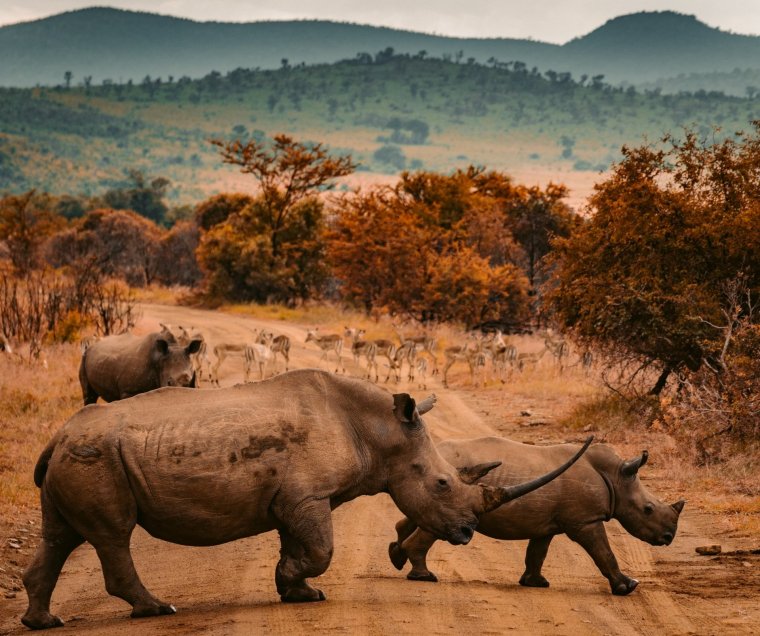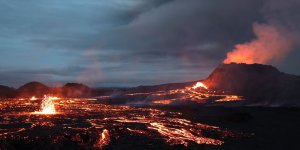| News / World News |
Photos suggest rhino horns have shrunk over past century, likely due to hunting
By scrutinising over a century’s worth of photos, University of Cambridge researchers have made the first ever measurements that show rhinoceros horns have gradually decreased in size over time.

Photos suggest rhino horns have shrunk over past century. Photo: redcharlie/Unsplash
The researchers measured the horns of 80 rhinos, photographed in profile view between 1886 and 2018. The photographs, held by the Rhino Resource Centre - an online repository - included all five species of rhino: white, black, Indian, Javan and Sumatran.
Real rhino horns are so valuable that strict security protocols typically prevent researchers accessing them for study, so this is the first time that horn length has been measured over a long timeframe.
The researchers think rhino horns have become smaller over time due to intensive hunting. Rhino horns command a high price and are in demand both as a financial investment, and for their use in traditional medicines in China and Vietnam.
Hunting has not only caused severe declines in rhino populations; the researchers suggest that shooting rhinos with the longest horns has increasingly left smaller-horned survivors – which have reproduced more and passed on their smaller traits to future generations. This has been shown for other animals before, but never rhinos.
“We were really excited that we could find evidence from photographs that rhino horns have become shorter over time,” said Oscar Wilson, formerly a researcher in the University of Cambridge’s Department of Zoology, first author of the report.
He added: “Rhinos evolved their horns for a reason - different species use them in different ways such as helping to grasp food or to defend against predators - so we think that having smaller horns will be detrimental to their survival.”
The researchers also measured other body parts on each rhino photograph, including body and head length, so that horn length could be accurately measured in proportion to body size.
The images suggest that there was very little effort to promote rhino conservation to the public before the 1950s. But after this the focus suddenly changed from hunting the animals to trying to keep them alive.
The researchers say this shift coincides with the collapse of European empires, when African countries became independent and European hunters no longer had easy access to Africa for hunting.
More recent images appear to reflect a growing awareness of the threats facing the natural world. (University of Cambridge)
YOU MAY ALSO LIKE





